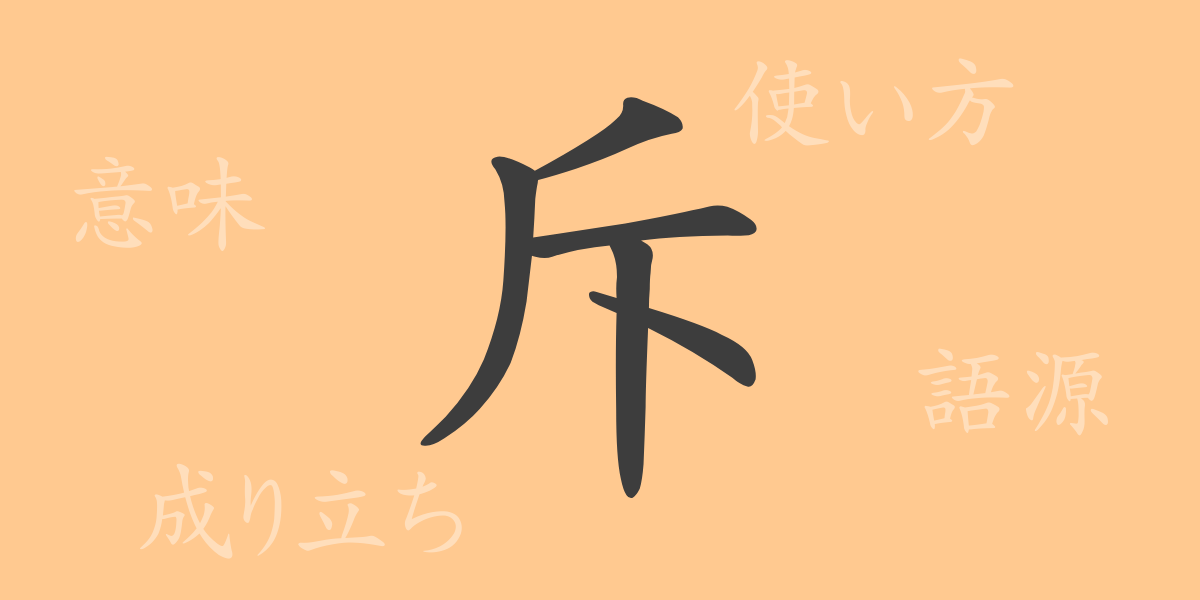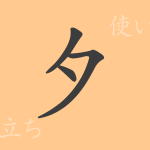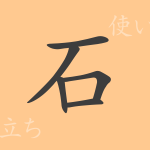Kanji, with their unique shapes and combinations, express a myriad of meanings in Japanese. This article delves into ‘斥’ (せき), a common kanji seldom encountered in everyday life, exploring its rich history, meaning, and usage. What stories are hidden behind this character’s distinctive resonance and background?
Origins of 斥
The kanji ‘斥’ originated from ancient China, symbolizing the act of repelling enemies during war. It embodies the idea of forcefully pushing back or rejecting, depicted by the hand gesture of thrusting something away. This shape has evolved to represent acts of strong refusal or rejection.
Meaning and Usage of 斥
‘斥’ conveys meanings of ‘refusing’ or ‘repelling.’ Typically, it is used to express negative situations or feelings of rejection. In practice, it mostly appears as part of compound words, enhancing the meaning of rejection or negation within them.
Readings, Stroke Count, and Radical of 斥
Understanding the readings and structure of ‘斥’ is crucial:
- Readings: The on’yomi (phonetic reading) is ‘セキ’, and there is no commonly used kun’yomi (native Japanese reading).
- Stroke Count: It consists of 8 strokes.
- Radical: The radical is 斤 (おのづくり), which is also the radical for characters related to axes and splitting.
Phrases and Idioms Using 斥
‘斥’ features in various idioms and phrases, each carrying a unique significance:
- 斥ける (しりぞける): To strongly reject or keep something at bay.
- 排斥 (はいせき): To exclude or deny the existence of things or people.
- 斥候 (せっこう): Scouts sent to gather enemy intelligence.
Conclusion on 斥
While ‘斥’ may not be frequently used, it is indispensable for conveying specific nuances in Japanese— particularly those of rejection and repulsion. This character highlights the versatility and depth of expression in the Japanese language. Through ‘斥’, we gain insights into the breadth and depth of Japanese linguistic expressions.

























